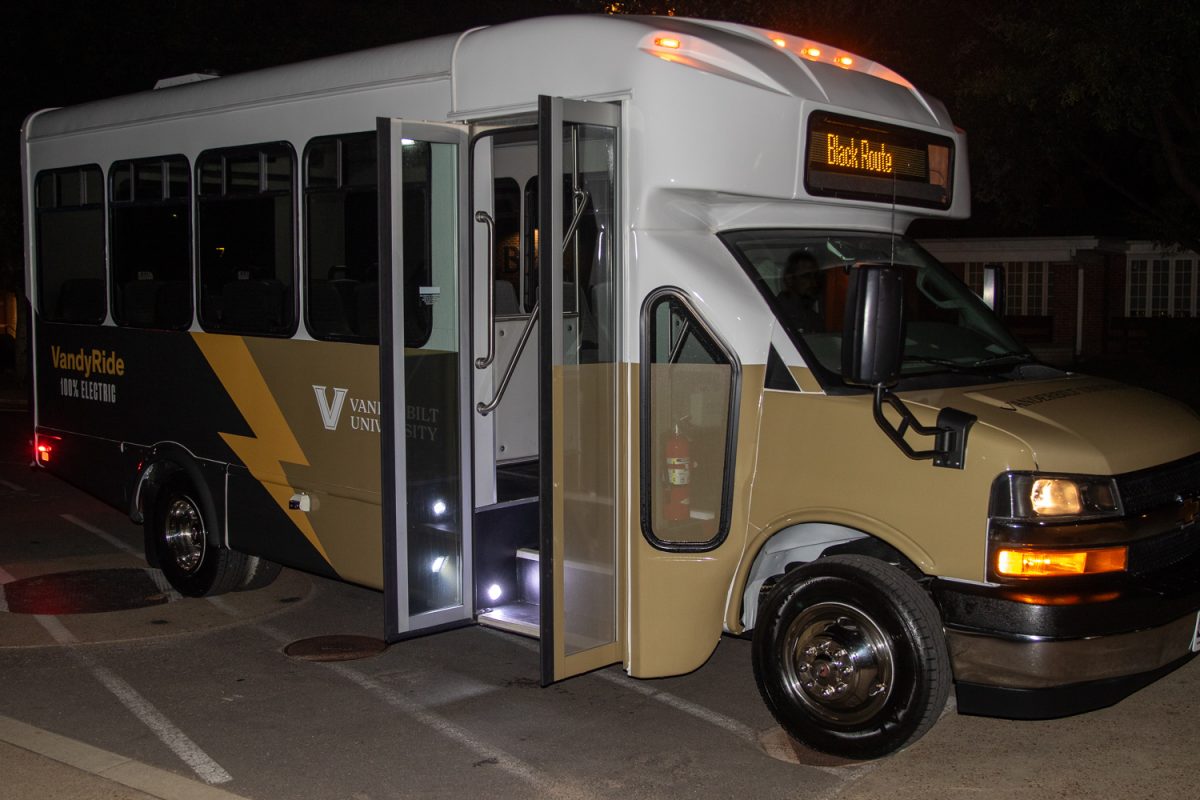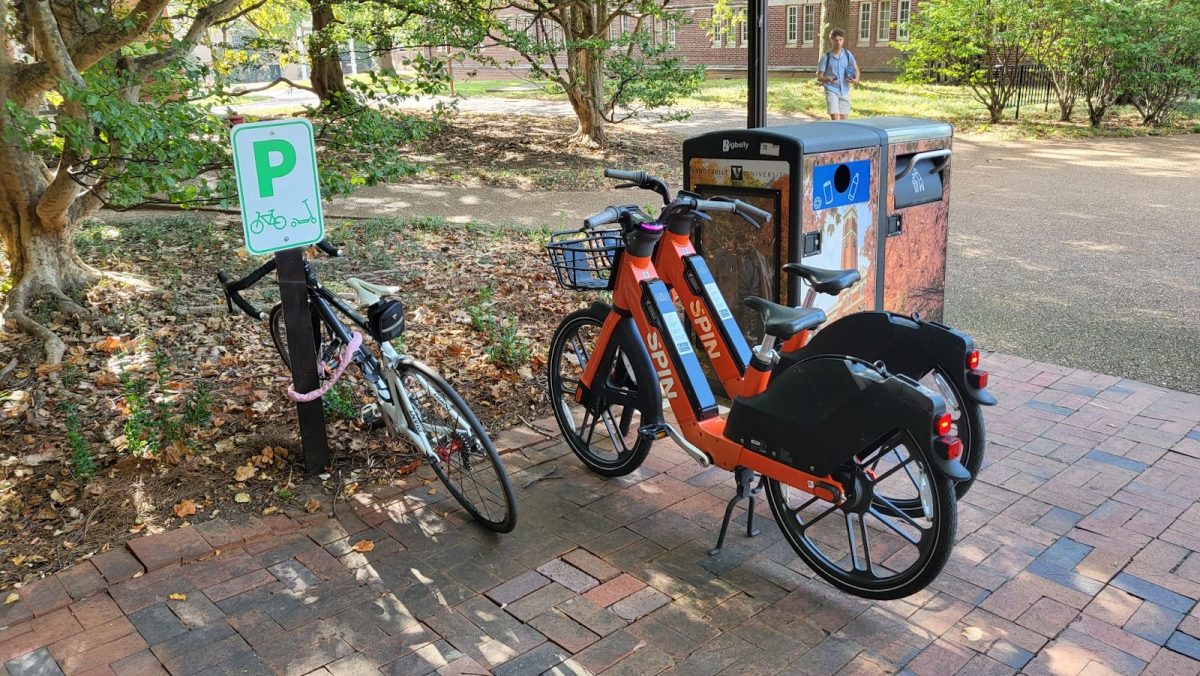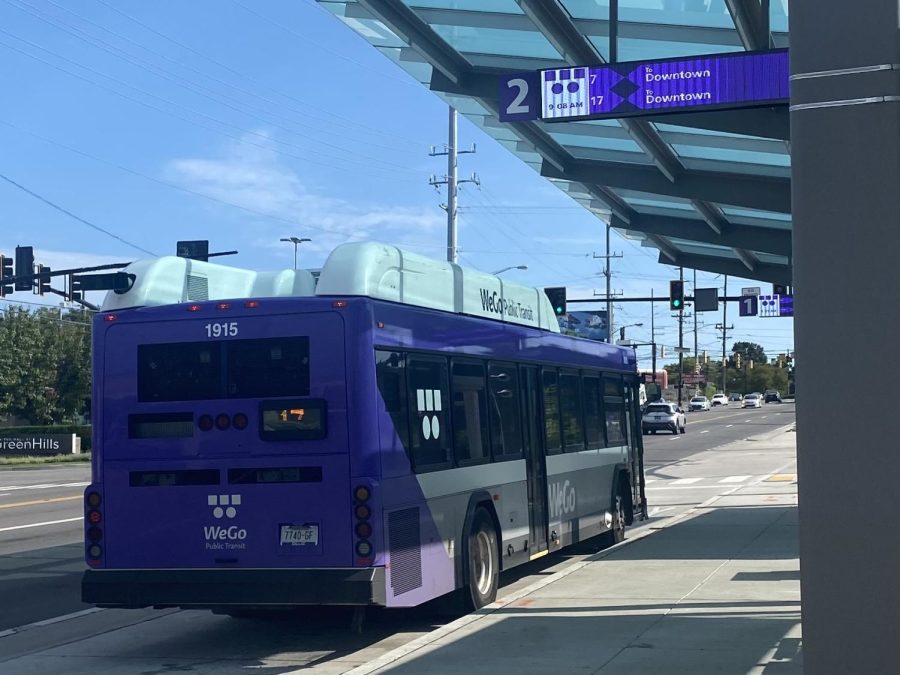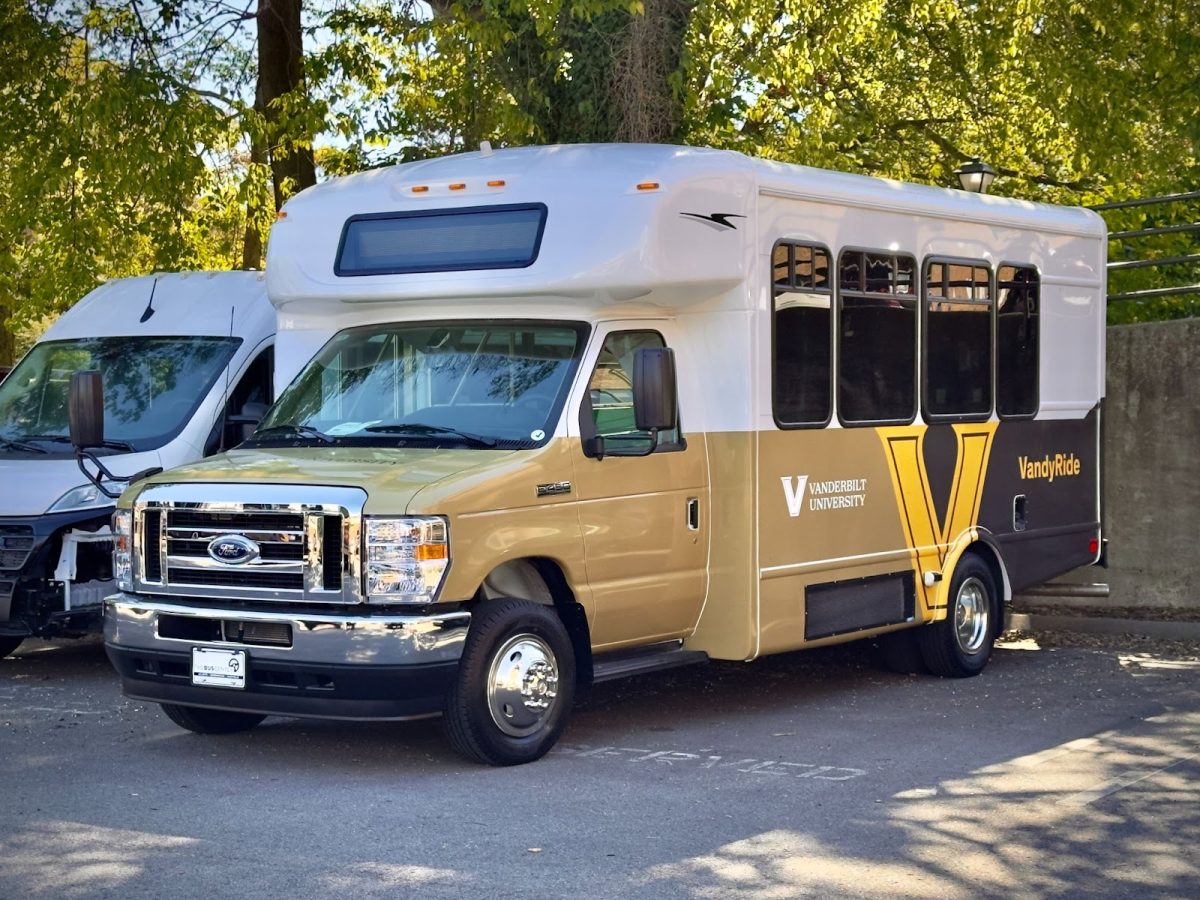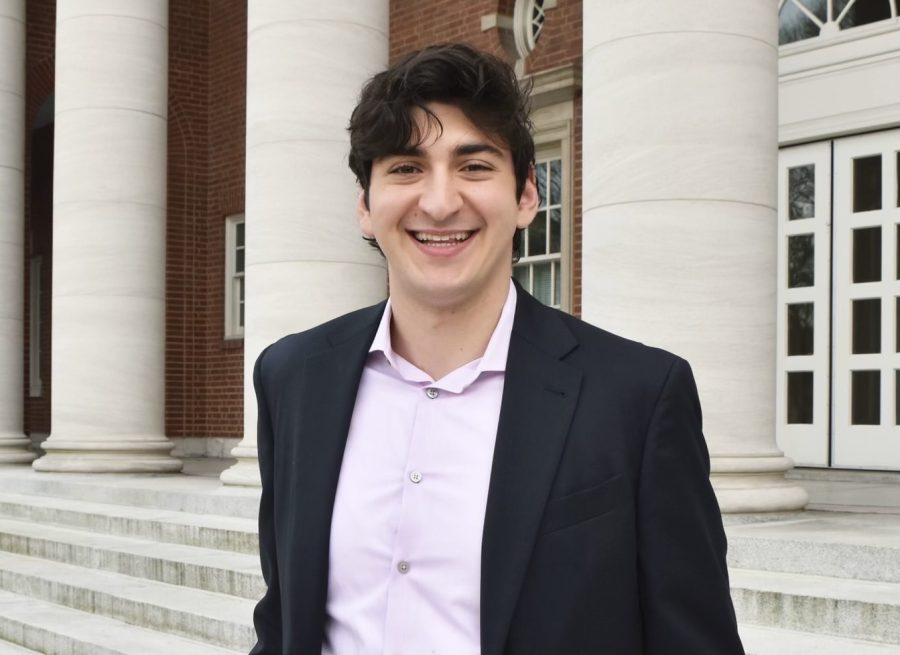Beginning in Fall 2023, the university is implementing an all-electric fleet of shuttles for VandyRide services. This change comes as part of the Mobility and Transportation Office’s goal to electrify all the university’s vehicles and reduce carbon emissions as part of the 2019 MoveVU plan.
The Mobility and Transportation Office was created as a result of the MoveVU Plan in 2019 after the university announced its goal to be carbon-neutral by 2050. According to the plan, at the time, almost a quarter of the university’s emissions were produced by the use of single occupancy vehicles, making it a priority.
According to representatives of the Mobility and Transportation Office, the university has leased the shuttles and other gas-powered vehicles used in most of its operations for at least the last six years. The term for their lease on the shuttles used for VandyRide services came to a close at the end of the 2022-23 academic year, creating an opportunity to transition to electric-powered vehicles.
Effects on students
For the most part, the representatives reiterated that services to students would not be affected by the transition. They said they also hope to use this as an opportunity to train staff and improve the VandyRide service as a whole.
“It’s an opportunity for us to better train drivers in the service for you all,” Corwin Thomas, VUPD Precinct Major for the Campus Precinct, said. “I want them to really understand and know how to operate this bus.”
Thomas added that, at its core, the VandyRide program is a “safety program,” making it a critical service for students.
“It’s a service for you all; we don’t want it to fail,” Thomas said. “VandyRide now is really a safety program and transportation. We run it traditionally during set hours at night so you don’t have to walk from Commons to the library or to [the Rec] or back and forth.”
Due to the new shuttles, students will no longer be able to use Double Map, an app previously offered by the university to track the locations and approximate arrival times for VandyRide services. The Mobility and Transportation Office will offer a new, similar application that is compatible with the new vehicles and used by many other universities, according to Michael Briggs, Director of Mobility. Briggs added that this change would “be an improvement, if anything.”
Briggs also explained that they plan to retain routes as they have functioned in prior years, with potential additional stops as new graduate student housing is constructed. They also anticipate needing to incorporate workarounds for construction-related road closures around campus. When they are not operating, the shuttles will still be parked in their regular location, with the addition of electric vehicle chargers.
Innovating in the South
While this will be the first all-electric shuttle fleet at any university in the state, the Mobility and Transportation Office hopes to learn from other universities across the country that have made the same transition. Princeton, Stanford and Columbia are among the peer institutions that have implemented electric transport on their campuses.
“We’re seeing a lot of our peers headed in the same direction, but I think we are definitely one of the first ones in the Southeast,” Briggs said.
Lindsey Ganson, Assistant Director of Mobility, explained that the Mobility and Transportation Office met monthly with representatives from Vanderbilt Student Government’s Transportation Committee to receive feedback about how the office was navigating construction detours and changes.
“That was a really productive relationship because we were able to get feedback in real time and share it back and forth,” Ganson said. “We’re hoping we’ll continue to meet monthly with the Transportation Committee and continue to have that dialogue so we can stay in constant communication as conditions change.”
Along with these changes is the challenge of maintenance, which is more difficult with so few vehicles like this in the state. According to Thomas, there are only six completely brand-new electric vehicles in the mid-south of the U.S.
Ganson and Briggs said that the university is able to make this transition while other transit operators may be hesitant to do so due to the costs of maintenance and lack of funding.
“I’m excited for Vanderbilt to be a model for the region in operating this shuttle fleet,” Ganson said.
They added that Vanderbilt, however, intends to electrify their entire fleet, including other cars used for campus operations. If they cannot switch to electric vehicles, hybrid models will be implemented instead.
Student reactions
Sophomore Joshua Mi said he was excited about the change.
“Vandy continuously modernizing campus and making it more sustainable is definitely a strong positive,” Mi said. “As the school continues to grow, however, I hope the administration is also considering the carbon and environmental footprint of expedited construction and the eventual maintenance of these buses.”
Junior Ellie Crone added that the transition was an important step forward for the university’s sustainability goals.
“I was excited to hear the announcement about the electrification of VandyRide,” Crone said. “With Vanderbilt claiming to be one of the country’s most sustainable universities, it is nice to know that Vanderbilt is actually following through with some of its commitments to reduce our campus’s carbon footprint.”
A representative for SPEAR did not respond to The Hustler’s request for comment.

